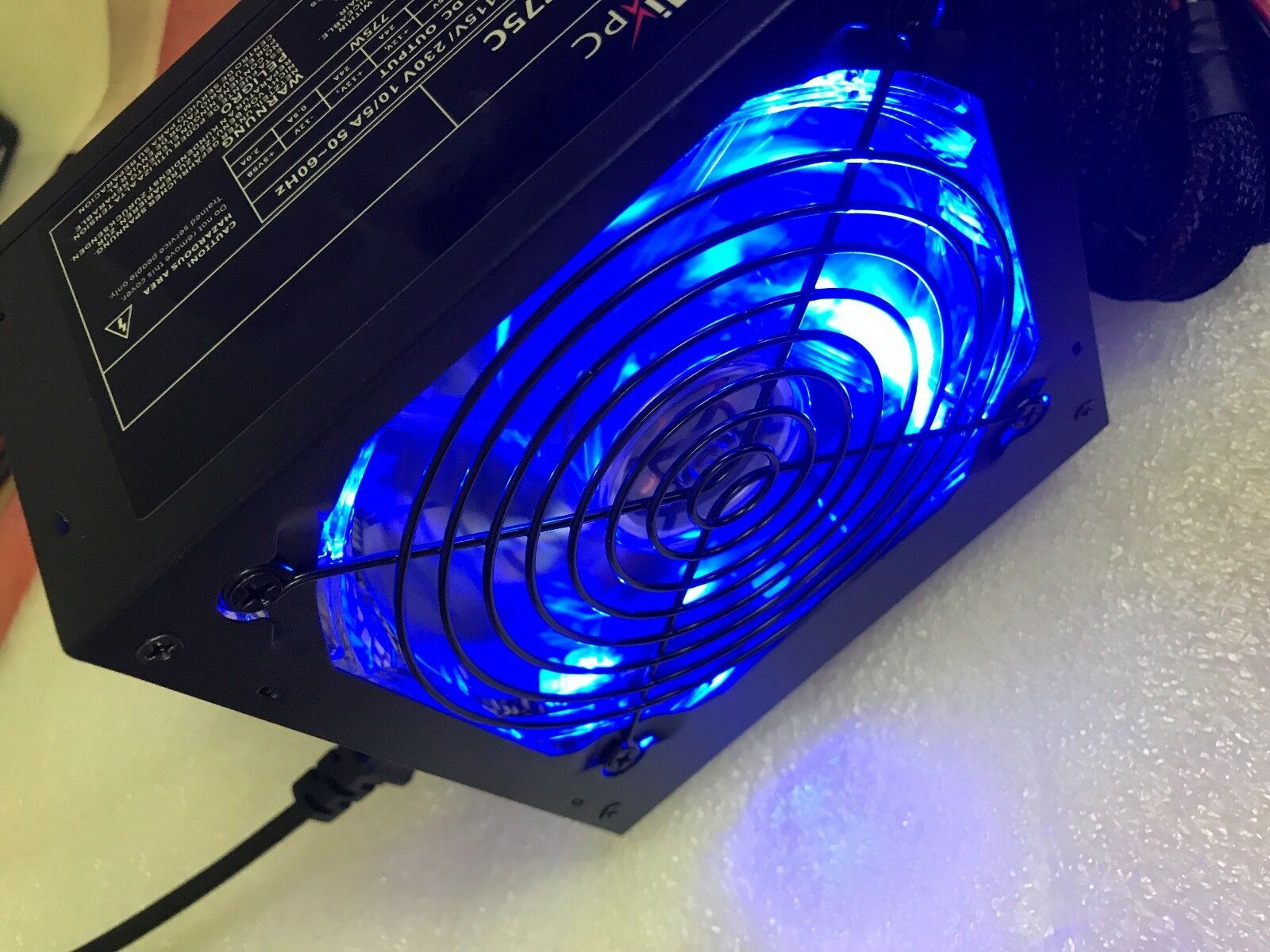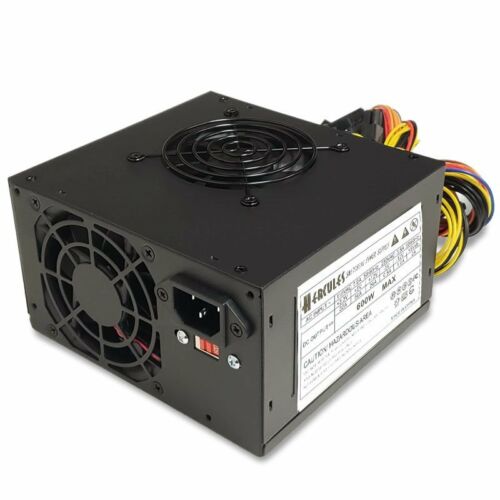-40%
Mining Breakout Board 12 PCI-E for HP DPS-1200/DPS750 Server PSU -bulk discount
$ 6.83
- Description
- Size Guide
Description
The new design, 1X, 2X, 4X, 8X, 16X compatible (1-16X and 16-16X can be used), circuit board PCIe cable born to dig out new,safer, more efficient, more practical!
In the traditional welding point fragile easy to burn, transmission signal attenuation, cable length is not the problem. Select
the new PCIe conversion line, all these problems to solved!
A: graphics power using two FP solid capacitors, the card supply more safety.
B: transfer cassette port or 4PIN interface strengthen the power supply, so that the graphics power independence from the
motherboard, so as to reduce the burden on the graphics card.
C card slot: the original goods into the connector, the graphics card is better.
D:PCI-E connector using multilayer shielding wire, the longest can take 3M without signal attenuation
E: comparison of soft wire, wiring is convenient, want to put it on the card.
F:PCI-E connector plug all gold, more wear and increase conductivity.
G: slot with a fixed buckle, convenient disassembly and fixed graphics card, the card will not fall off from the slot.
Matters needing attention:
the extension line is applicable to the motherboard PCI-E slot (1X 2X 4X 8X 16X). Please use the insert floppy drive power line.
Plug PCI-E to extend the line must be computer off the wire and then plug. When in use, must see note!
The supporting rod is customized, don't literally get line into. Remember!
wire must see clearly the direction, do not insert or insert deflection, prevent burning device, plug line to hold the device
and then plug line, to avoid excessive force Reggie socket pin interrupt.
small 4PIN head (floppy disk interface) is a standard part, with anti lock buckle, inserted into the middle of a buckle seat
after the hook seat, so it is not easy to fall off. When the swap lines must be careful, don't pull line, such as hard to pull the
thread or transposons plastic pull out, we can first put line to pull up, namely the first buckling position disengaged from the
seat, and then pull out.












